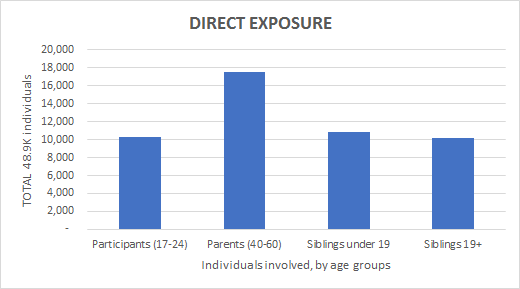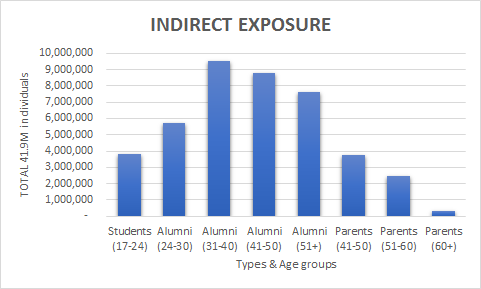Market Demographics
|
To better understand the market & economic value of the equine industry, one must consider the many activities the many breeds of horses and ponies, and the thousands of equine enthusiasts. These enthusiasts represent every walk of life, live in urban and rural areas and fill their homes, offices, and vehicles with symbols of their interest in horses. Considering all the farms, ranches and stables, manpower, land, equipment, facilities and products involved, one begins to understand how the horses and people involved represent an influential industry. Together, the breeding, raising, training, showing, racing, riding and care of over 8 million horses represents a vast industry that when pulled together in all its diverse aspects makes a huge contribution to the country's economy. |
1. The Horse industry
Because this website is hosted in the USA, we are including here the information released in 2016 by the US Department of Agriculture and the American Horse Council. Statistics for other countries are available through simple online search, Google being a good source.
| HORSES |
OWNERS |
|
· Number of horses: 9M+ Note: Europe: 5.8M+ · Horses by state: · Use: · GDP by Activity
|
· Number of owners: 2 million · People involved: 7.1 million (service providers, · Demographics · Household Income: · Owner Activities:
|
2. FEA PRIMARY MARKETS
|
||||||||||||||||||||||||||||||||||||||||||||||||||||



